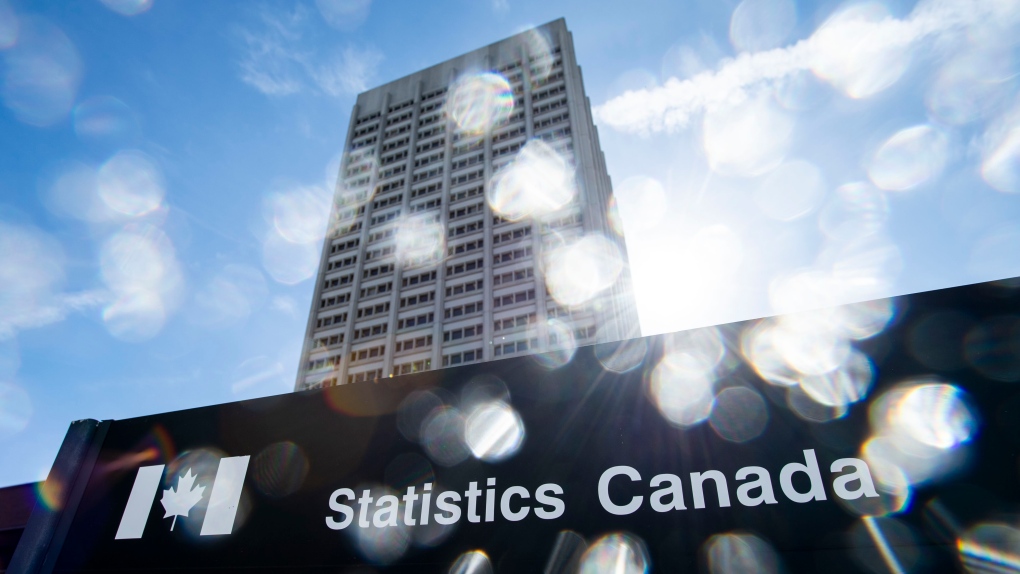OTTAWA –
Statistics Canada says the annual pace of inflation climbed in December to its highest rate since 1991.
The agency says the consumer price index in December was up 4.8 per cent compared with a year ago.
The reading compared with a year-over-year increase of 4.7 per cent in November.
Driving the faster pace of price growth in December were higher year-over-year prices for food, passenger vehicles and housing.
Statistics Canada says that excluding gasoline prices from its calculations, the consumer price index would have been up year-over-year in December by four per cent.
Prices at the gas pumps were up 33.3 per cent year-over-year in December compared with a 43.6 per cent annual increase in November as tightening of public health restrictions related to the Omicron variant weighed on demand.
December marked nine months in a row that headline inflation has come in above the Bank of Canada’s target zone of between one and three per cent.
The country hasn’t seen a streak that long since before the central bank began targeting inflation at two per cent in the midpoint of its comfort range.
CIBC senior economist Andrew Grantham says the streak may not be over, which could cause some concern within the Bank of Canada.
He writes in a note that rising energy prices, supply chain issues affecting food costs and jumps in house prices suggest headline inflation could grind higher still before cooling around spring time.
The Bank of Canada has said that it would act to stop runaway inflation, and is scheduled to make a rate announcement next week.
The average of the three measures for core inflation, which are considered better gauges of underlying price pressures and closely tracked by the Bank of Canada, was 2.93 per cent for December, up from the 2.73 per cent reported in November.
The average was last that high in September 1991.
Here’s what happened in the provinces (previous month in brackets):
-
Newfoundland and Labrador: 4.2 per cent (4.2) -
Prince Edward Island: 6.7 per cent (7.0) -
Nova Scotia: 4.8 per cent (5.3) -
New Brunswick: 5.4 per cent (5.7) -
Quebec: 5.1 per cent (5.2) -
Ontario: 5.2 per cent (5.0) -
Manitoba: 4.7 per cent (4.6) -
Saskatchewan: 3.5 per cent (3.7) -
Alberta: 4.8 per cent (4.3) -
British Columbia: 3.9 per cent (3.6)
The agency also released rates for major cities, but cautioned that figures may have fluctuated widely because they are based on small statistical samples (previous month in brackets):
-
St. John’s, N.L.: 3.6 per cent (3.3) -
Charlottetown-Summerside: 6.8 per cent (7.0) -
Halifax: 4.4 per cent (4.8) -
Saint John, N.B.: 4.7 per cent (5.3) -
Quebec City: 4.9 per cent (4.9) -
Montreal: 5.0 per cent (5.0) -
Ottawa: 5.4 per cent (5.5) -
Toronto: 4.7 per cent (4.3) -
Thunder Bay, Ont.: 4.7 per cent (3.8) -
Winnipeg: 4.4 per cent (4.3) -
Regina: 4.0 per cent (3.4) -
Saskatoon: 3.2 per cent (3.4) -
Edmonton: 4.6 per cent (3.9) -
Calgary: 5.0 per cent (4.4) -
Vancouver: 3.8 per cent (3.2) -
Victoria: 3.4 per cent (3.2) -
Whitehorse: 4.4 per cent (4.1) -
Yellowknife: 4.9 per cent (4.0) -
Iqaluit: 2.7 per cent (2.3)
This report by The Canadian Press was first published Jan. 19, 2022







More Stories
Tesla’s Q1 net income down 55% year over year | CBC News
Elon Musk’s X, Australia government clash over order to take down church stabbing video | CBC News
Federal labour minister announces inquiry into 2023 B.C. port strike | CBC News